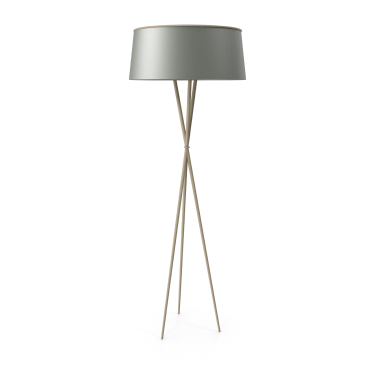Q: Can 3D printing be used to create functional interior elements?
A: Yes, 3D printing can produce functional interior elements such as furniture, fixtures, and structural components.
Q: What types of materials can be used for 3D printing interior design elements?
A: A wide selection of materials can be used for 3D printing, including polymers, metals, ceramics, wood, and even composites like sand and marble.
Q: What is the process for creating a 3D-printed interior design piece?
A: The process typically involves several steps: designing the piece using 3D modeling software, choosing the appropriate material, printing the design using a 3D printer, and post-processing to achieve the desired finish.
Q: Can 3D printing be used for large-scale interior design projects?
A: Absolutely. 3D printing technology has advanced to the point where it can be used for large-scale projects, including entire wall panels, furniture, and architectural elements.
Q: Is 3D printing cost-effective for interior design?
A: While the initial investment in 3D printing technology can be high, it often proves cost-effective in the long run due to reduced material waste, faster production times, and the ability to quickly iterate designs
Q: How do I get started with 3D printing for my interior design project?
A: To get started, you can contact a professional 3D printing service like Inoventive 3D. Provide them with your design ideas and specifications, and they will guide you through the process, from design to production and post-processing.

